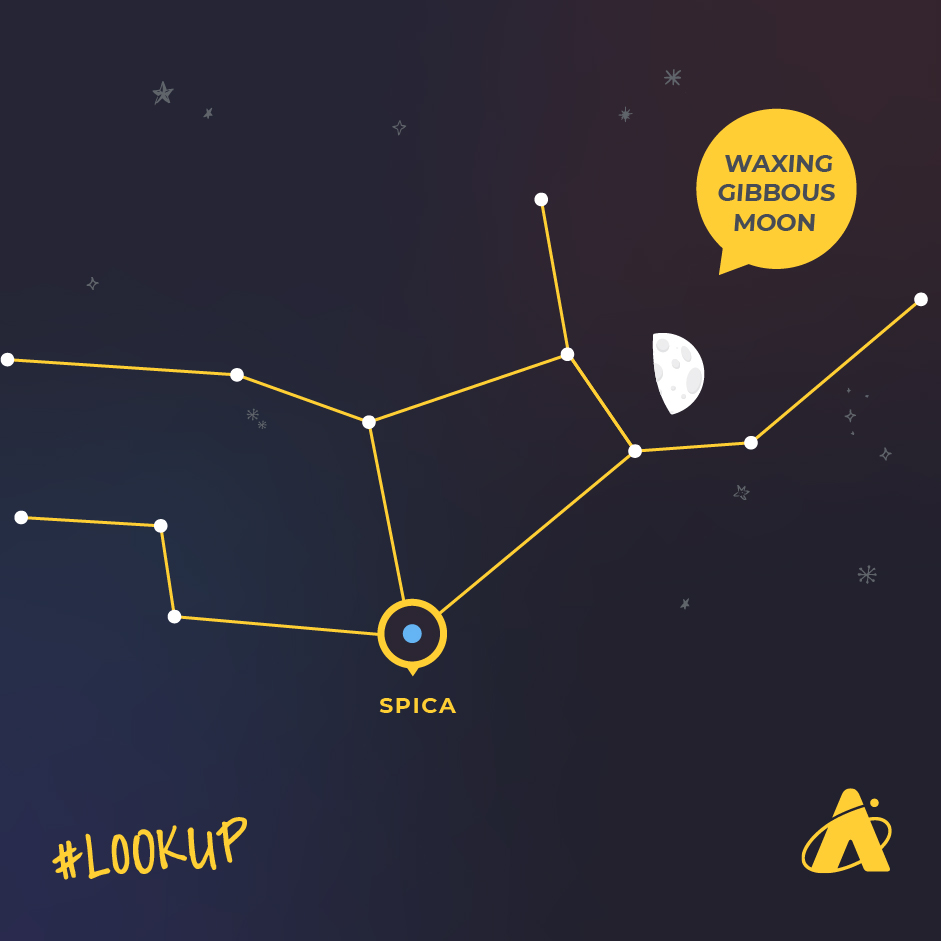Adler Skywatch: May 2020

What’s better than the near approach of a comet? How about the near approach of two comets? That’s what we’re expecting during the month of May, 2020!
Comet C/2019 Y4, also known as Comet ATLAS, was discovered late last December. It will come closest to Earth on May 23rd, at a distance of about 72 million miles. For a while, some in the astronomy community were hopeful that ATLAS would be a bright, naked-eye-visible comet in May. Comet brightness forecasting is, unfortunately, very difficult, and it has faded significantly in brightness from its peak in mid-March. The reason for the brightness demise is that the comet’s nucleus has broken apart into more than two dozen pieces, and it may likely continue to disintegrate. There is no chance this comet will be naked-eye visible, unfortunately, but astronomers are enjoying the treasure trove of data from studying what has been happening to this comet.
Comet C/2020 F8, also known as Comet SWAN, was discovered in late March and announced in April. It appears to be brightening as well. For mid-northern hemisphere viewers, it will be low & close to the northeast horizon around 5 a.m. CDT in mid-May. We don’t know how bright this comet might get, but at the time of this recording, it is just on the cusp of being naked-eye visible. Its closest approach to Earth is on the 12th, when it will be about 52 million miles away from Earth. The Adler Planetarium is monitoring reports of this comet as well, and we will update this post if its visibility changes significantly.
In planetary viewing, look for the bright planet Venus shortly after sunset. For most of this month, it’s low in the west-northwest sky during evening twilight. Unfortunately, the planet slips lower and lower in the sky as the evenings pass, and will be difficult if not impossible to view by the final week of May.
About halfway through the month, not far from Venus, the less-bright planet Mercury may be seen very close to the west-northwest horizon. While Venus sinks lower with each passing night, Mercury gets higher through the end of the month, making it one of the best opportunities this year to see this usually hard-to-see planet. The evening of the 21st, Mercury appears only about a degree below and to the left of brighter Venus. The next evening, the 22nd, Mercury is still to the left but slightly above Venus in the sky. And on the evening of the 23rd, those of you with a clear view to the west-northwest horizon may spot a barely-one-day-old waxing crescent Moon below both planets. The evening of the 24th, the slim crescent Moon is just above and to the left of Mercury; by this time Venus may be too low in the sky to see.
The three other naked-eye planets rise in the southeast sky during early morning darkness. Jupiter and Saturn rise around 1:30 a.m. Central daylight time at the start of the month, and around midnight by month’s end. Jupiter is the brighter of the two, with the dimmer Saturn barely five degrees to its left.
The planet Mars rises in the southeast roughly 90 minutes to two hours later. At the start of the month, Mars is about 20 degrees to the left of Saturn. By the end of the month, the two planets appear about 40 degrees apart in the sky.
Full Moon: May 7th
Last Quarter Moon: May 14th
New Moon: May 22nd
First Quarter Moon: May 29th
Please note that these descriptions are for the Chicago area, using Central time.
Want to see more of what is in our shared night sky? Our new YouTube series, Skywatch Weekly, shows you what to look for in the night sky using space visualizations, just like the ones we use in the domed theaters at our planetarium.







